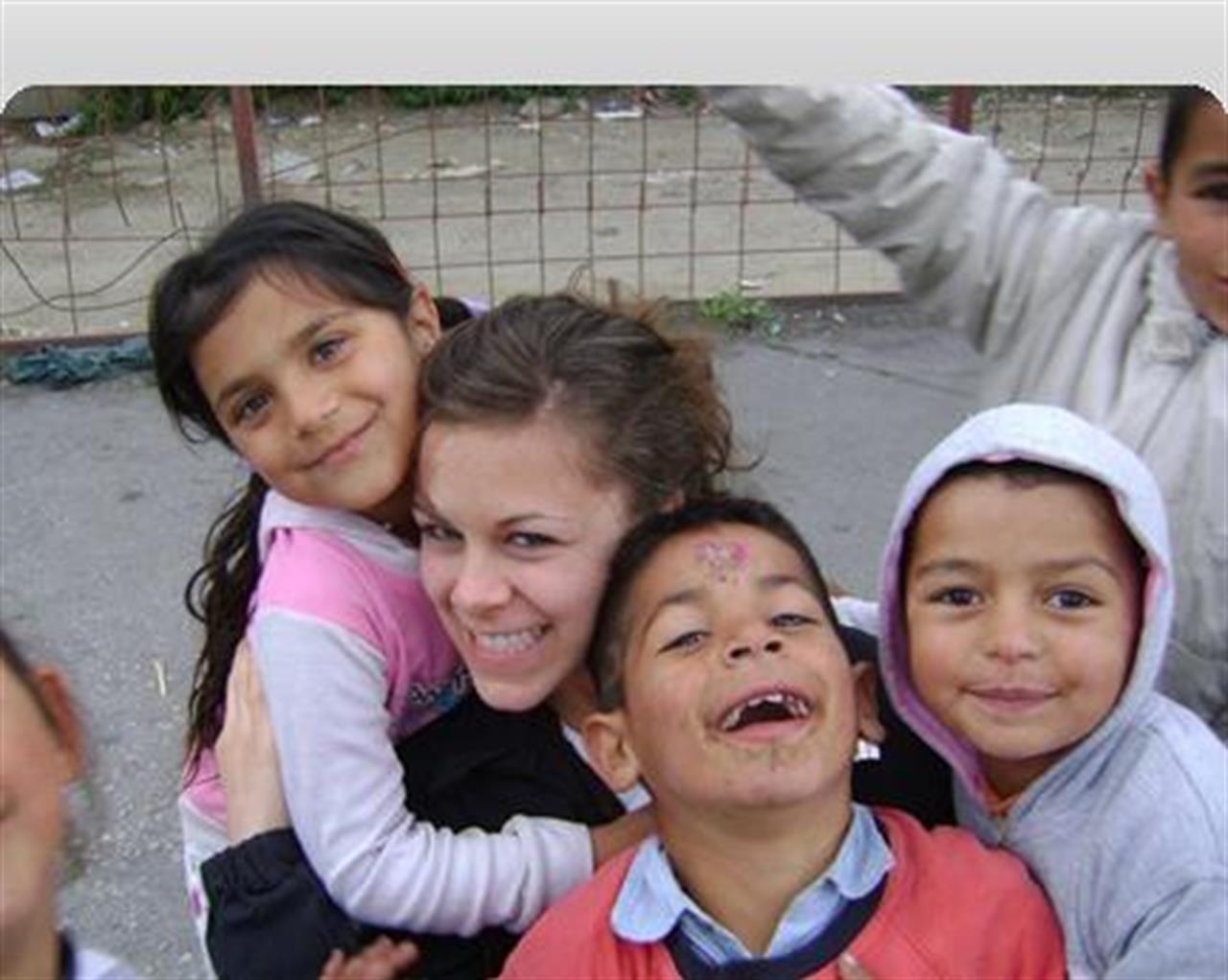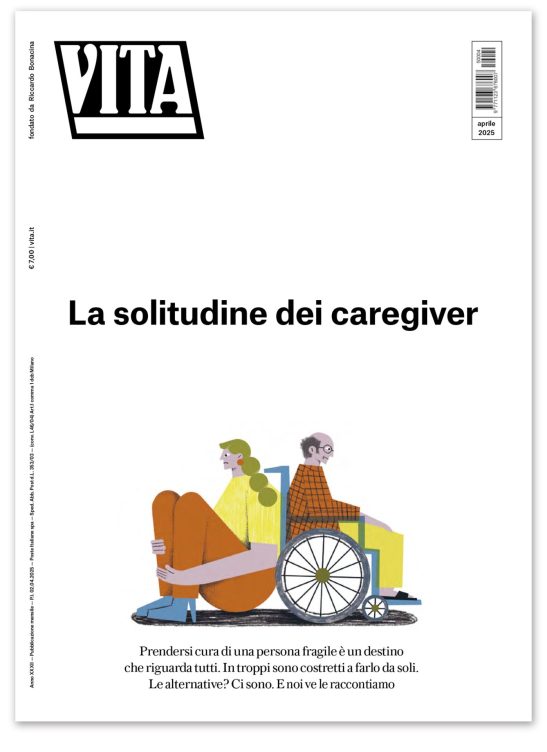Non profit
Towards ethnic integration
For thousands of Roma children the end of ethnic segregation at school may well be in sight.

When the new Slovakian government announced in August that it was committed to eliminating the ethnic segregation of children in schools it looked like an important step had been taken in the right direction for the thousands of Romani pupils who are sent to “special classes” on the grounds that they are “mildly” disabled. But Amnesty International has said that it is concerned that no clear statement has followed Slovakia’s commitment. Last week, the human rights organization urged the government to immediately end the segregation of Roma children in schools and has highlighted the serious gap in the enforcement of a ban on discrimination and segregation that has been part of the Slovakian educational law since 2008.
According to Amnesty International, thousands of Romani children are denied the right to discrimination-free education. They are systematically excluded from mainstream education and inappropriately placed in “special schools” or classes for children with “mild mental disabilities”, segregated in Roma-only mainstream schools or classes that provide a substandard education. Although less than 10% of Slovakia’s total population is of Roma ethnicity, 60% of pupils in special schools are Roma. There are some special schools in which children are 100% Roma.
“The causes behind the segregation of Roma children lie in the cultural differences that exist between the majority population and the Roma population”, explains Eben Friedman, Advisor on Policy Development of the Roma Education Fund. “Romani children from settlements often arrive at school not knowing the language they are taught in because they speak Romani in their settlements. Besides, the entry tests are written in Slovakian, which prevents Roma children from performing well on placement tests.” In the end, these tests don’t distinguish between mental disability and development delays caused by the social environment.
For Roma children attending special schools segregation is just the beginning of a vicious circle which sees their future education and job perspectives evaporating. “After having attended special primary school, Roma children cannot continue their education in normal secondary education”, points out Elena Kriglerova, research fellow at the Center for the Research of Ethnicity and Culture in Bratislava. In many cases their education finishes with special primary school, and they become unemployed, depending on the State social system with no real opportunities of changing their situation.
Kriglerova and Friedman wrote, together with other researchers, the Roma Education Fund’s 2009 study, “School as Ghetto: Systemic Overrepresentation of Roma in Special Education in Slovakia”.
Kriglerova also led the field research for this study, which provides for the first time a comprehensive picture of the overrepresentation of Roma children in special education in Slovakia, establishing that the percentage of Roma children in special schools in Slovakia as 60% of the pupils.
So why has it taken the government so long to enforce measures that prevent discrimination?
Friedman identifies two main reasons. First of all, politicians don’t talk about segregation because it is a very unpopular issue and there is a generalized discriminatory feeling towards the Roma among the Slovakian population. Many parents dont want their children to go to school with Roma children. Secondly, there is not much pressure from the Romani population itself to bring about change and integration. In many cases it is the Roma parents themselves who enrol their children in special schools, although in many cases they lack the information that might allow them make a truly free choice.
When asked whether Amnesty International’s three-year campaign against the segregation of Roma children in Slovakian schools will influence government’s policies, Kriglerova says that campaigning might put pressure on the government but won’t guarantee that change will happen. “I think that cooperation between the NGO sector and experts is much more important. If the government established a formal basis for this cooperation, it would promise well for the future”.
Friedman is more optimistic.” Even though the new government has only been in power since the end of June and it is difficult to predict what will happen, the programme statement is more explicit and more detailed than previous Slovakian government statements, which had not included the Roma issue at all. Now we have to see what are the government’s plans to translate its political declarations into concrete commitments.”
Find out more:
UNLOCK THEIR FUTURE – END THE SEGREGATION OF ROMANI CHILDREN IN SLOVAKIA’S SCHOOLS
STEPS TO END SEGREGATION IN EDUCATION – BRIEFING TO THE GOVERNMENT OF SLOVAKIA
See Attachments to read the Roma Education Fund’s 2009 study, “School as Ghetto: Systemic Overrepresentation of Roma in Special Education in Slovakia”.
Cosa fa VITA?
Da 30 anni VITA è la testata di riferimento dell’innovazione sociale, dell’attivismo civico e del Terzo settore. Siamo un’impresa sociale senza scopo di lucro: raccontiamo storie, promuoviamo campagne, interpelliamo le imprese, la politica e le istituzioni per promuovere i valori dell’interesse generale e del bene comune. Se riusciamo a farlo è grazie a chi decide di sostenerci.
